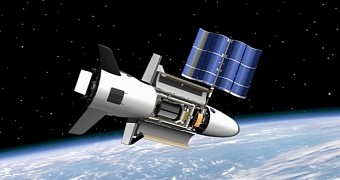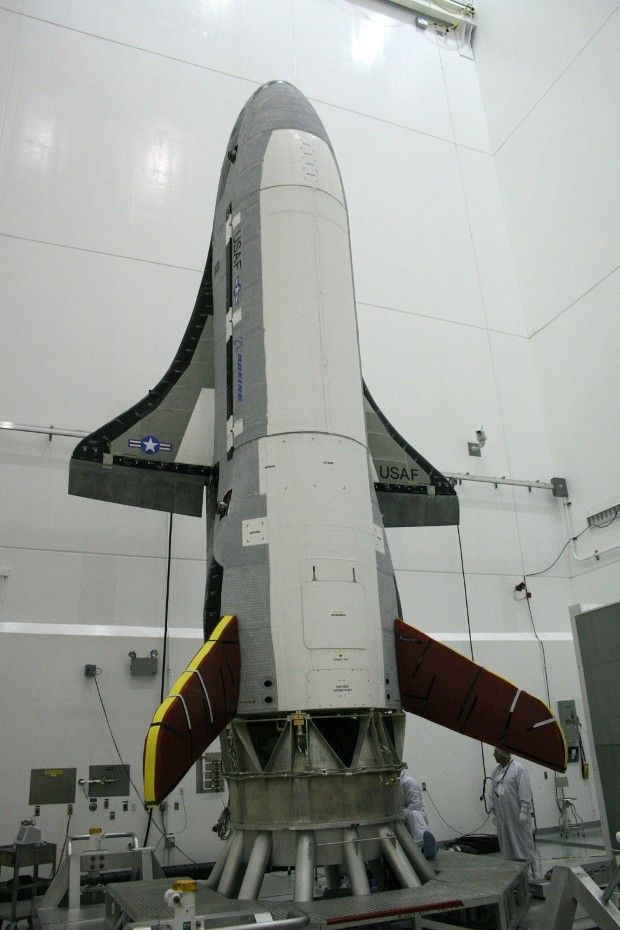A US Air Force X-37B robotic space plane will take to the skies this Wednesday, May 20. The craft will launch from the Cape Canaveral Air Force Station in Florida sometime after 10:45 EDT (14:45 UTC). The exact launch hour has not yet been disclosed.
The unmanned space plane will leave Earth atop a United Launch Alliance Atlas V rocket. This X-37B mission that is scheduled to debut on May 20 is the fourth of its kind for the US Air Force.
Very little is known about the mission
Since the mission is classified, there is very little information on why exactly the US Air Force is launching its space plane and what exactly the craft will be doing once off the ground and positioned in Earth's orbit. Not even NASA is in on the loop.
“Wednesday’s mission, designated Air Force Space Command 5 (AFSPC-5), is the fourth X-37B mission and is presumed to be the second trip into space for the second X-37B vehicle.”
“Also known as Orbital Test Vehicle 4 (OTV-4), the mission is believed to be demonstrating technology for future programs,” the space agency writes in a statement. You just know a mission is secretive when NASA starts using phrases like “is presumed” and “is believed.”
Interestingly, NASA has no idea what the flight will entail, despite the fact that it too has an experiment aboard. Thus, the plane will carry material samples that NASA wants to expose to space conditions.
Bill Nye's Planetary Society will also use the military robotic plane to deliver a solar-sailing craft into space. However, just like NASA, this non-profit organization is clueless about what exactly the US Air Force's mysterious X-37B will be up to when airborne at long last.
So what do we know about this program?
Boeing Network and Space Services is said to have until now built a couple of X-37B space planes for the US Air Force. Which of them will take to the skies in just a few hours remains a mystery.
What we do know is that the planes measure some 29 feet (8.8 meters) in length, have a wingspan of 15 feet (4.6 meters) and stand about 9.5 feet (2.9 meters) tall.
Since 2010 until present day, the space planes are believed to have clocked in a total of 1,367 days in space. The last mission, which was launched in December 2012, lasted a record 674 days.
Once successfully completed, the first X-37B missions saw the planes landing at the Vandenberg Air Force Base in California. The landing site for the fourth mission could be the same.
It is understood that, on this latest mission, the US Air Force wants to test an experimental propulsion system. It will also carry a few satellites for NASA, the US military and educational institutions.

 14 DAY TRIAL //
14 DAY TRIAL // 

